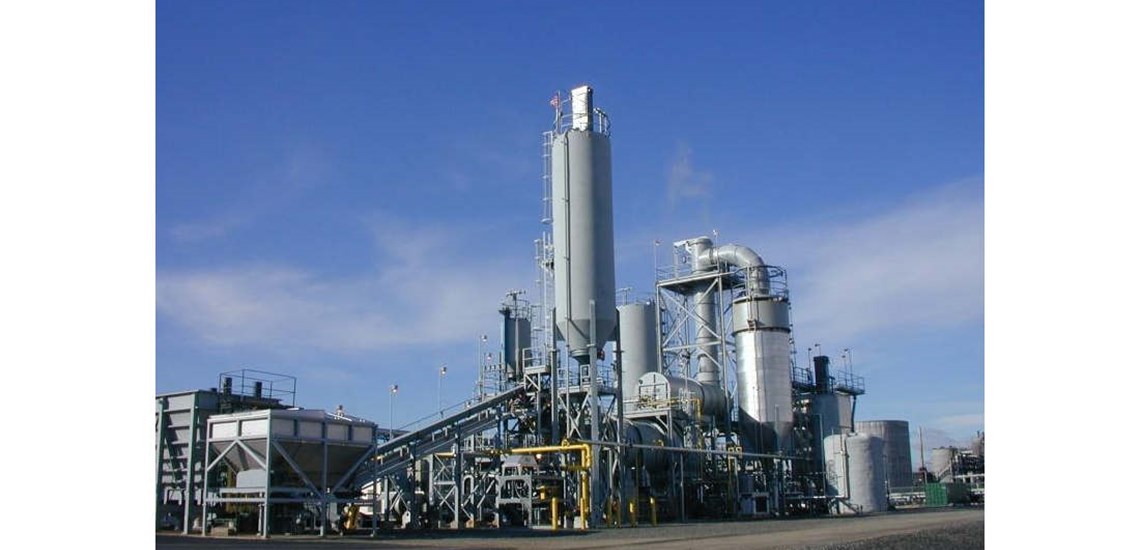It is some time since Tyre and Rubber Recycling commented on any of the myriad of tyre recycling reports that arrive in our inbox on a near-daily basis.
Fairfield Market Research Advise Focus on Cement Kilns
We understand that some investors pay not inconsiderable sums for the alleged data that is incorporated in these reports. Maybe we should start writing them ourselves.
This latest “report” speaks about the dominance of cement kilns as a route to recycle tyres. In the abridges summery it talks of the “facts” – TDF is cheaper than fossil fuels, it has a higher calorific value. It says; “The demand for tyre-derived fuel is driven by government support, the need to ensure energy security, and manage waste efficiently. This is bolstered by the constant volatility in the price of crude, aiding growth in the tyre-derived fuel market.”
This somewhat states the obvious. This is not new data. It is old news, an old story.
We will save readers some money.
1/ If a country has large stocks of end-of-life tyres and needs to dispose of them quickly, a properly commissioned cement kiln with the appropriate emissions controls can consume somewhere around 50,000 tons of tyres per annum.
2/ They can, in most countries, get paid to take the tyres as fuel, as opposed to paying for coal, gas or oil. So, they are a win-win situation for the cement companies and a win-win for governments needing to erase large volumes of tyres.
3/ Globally, around 50 per cent, give or take, of tyres get consumed in cement kilns – we will not go into the debatable contribution that the tyres make to the clinker.
With those three points in mind, anyone looking at the market can see that there is a prime market for tyre recycling in cement kilns. There is however a rather large caveat to anyone investing in any developed market. The number of cement kilns burning tyres is limited. The number varies from country to country, but they are not expanding in developed markets. Moreover, they already have their suppliers – and the only competition is on the gate fees suppliers are prepared to pay. In other words, the market can only be accessed by increasing the fee you pay, and by reducing the profit margin.
Growth areas are in Latin American sectors and Africa in particular, where emissions controls are fewer, and the recycling of tyres is in its infancy. However, investors need to look very carefully at the risks in the local markets, credit ratings, political stability and more.
It is also worth keeping in mind that cement kilns can burn just about any fuel and can change from one supply to another at will. In Europe, there is a decline in the use of TDF at cement kilns, particularly in Germany, and there is no evidence to suggest that the dynamics of the market will change in favour of TDF in Europe as ever tighter controls are put in place.
If you want the detail from Fairfield, buy their report, but reading this might just save you a couple of hundred pounds.




















